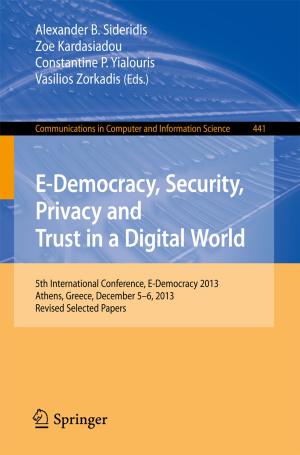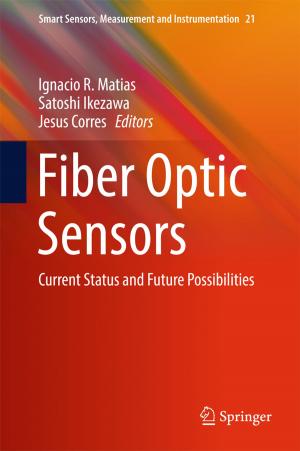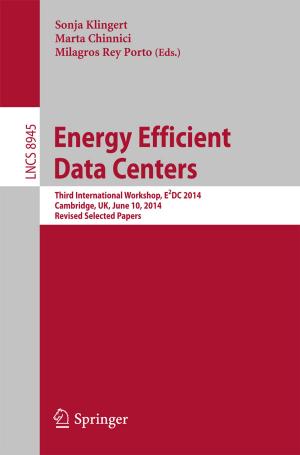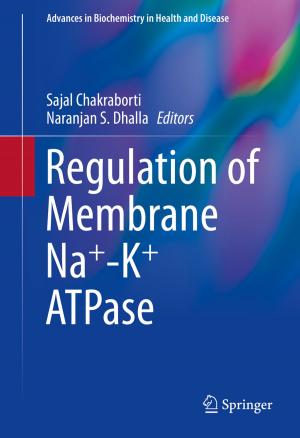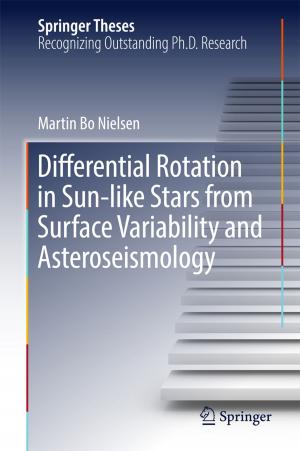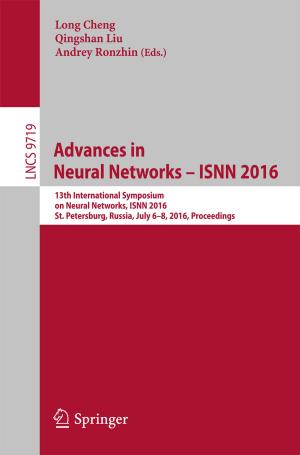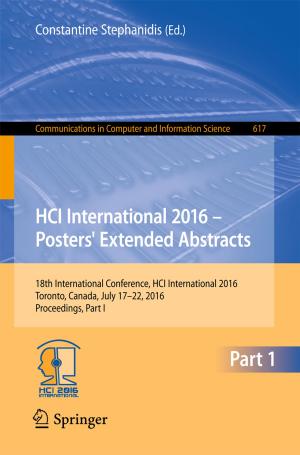Atlas of Postmortem Angiography
Nonfiction, Health & Well Being, Medical, Medical Science, Diagnostic Imaging, Specialties, Forensic Medicine| Author: | ISBN: | 9783319285375 | |
| Publisher: | Springer International Publishing | Publication: | April 11, 2016 |
| Imprint: | Springer | Language: | English |
| Author: | |
| ISBN: | 9783319285375 |
| Publisher: | Springer International Publishing |
| Publication: | April 11, 2016 |
| Imprint: | Springer |
| Language: | English |
This atlas of postmortem angiography provides a summary of techniques that have been developed and used in order to visualize the human vascular system. The indications, advantages, limitations, and pitfalls of the different techniques are explained in detail through the use of examples from real cases and a wealth of informative images, as well as knowledge from the latest scientific works. Helpful recommendations are made concerning interpretation of the obtained radiological images, which will allow readers to start their own work in the field of post-mortem angiography or to ease and improve their practice. The atlas has been edited and written by members of an international working group created in 2012, “Technical Working Group Post-mortem Angiography Methods” (TWGPAM), who for the first time summarize their experiences concerning this new approach. Since findings explaining the reasons for both natural and traumatic death are often hidden within the vascular system, post-mortem angiography is of the highest importance in elucidating cause of death and may represent the key to minimally invasive autopsy.
This atlas of postmortem angiography provides a summary of techniques that have been developed and used in order to visualize the human vascular system. The indications, advantages, limitations, and pitfalls of the different techniques are explained in detail through the use of examples from real cases and a wealth of informative images, as well as knowledge from the latest scientific works. Helpful recommendations are made concerning interpretation of the obtained radiological images, which will allow readers to start their own work in the field of post-mortem angiography or to ease and improve their practice. The atlas has been edited and written by members of an international working group created in 2012, “Technical Working Group Post-mortem Angiography Methods” (TWGPAM), who for the first time summarize their experiences concerning this new approach. Since findings explaining the reasons for both natural and traumatic death are often hidden within the vascular system, post-mortem angiography is of the highest importance in elucidating cause of death and may represent the key to minimally invasive autopsy.


